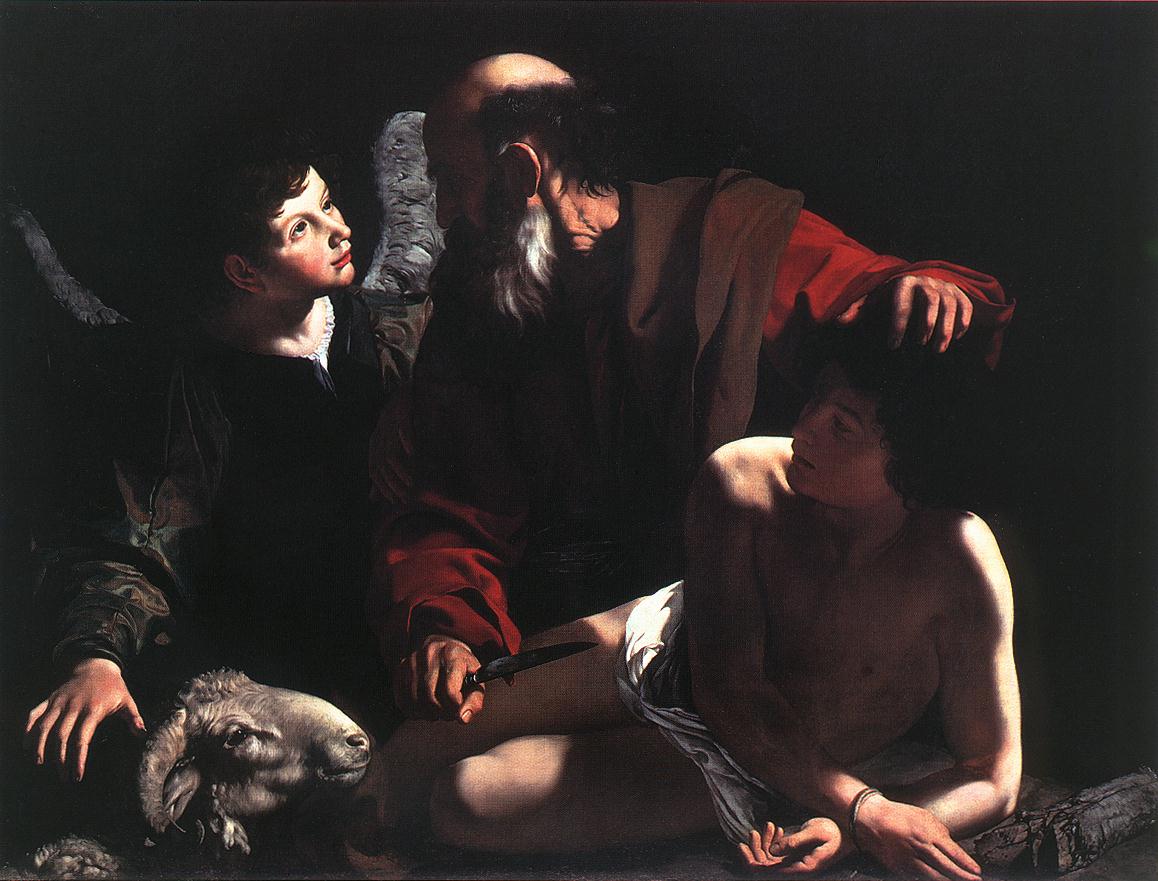- Joined
- Mar 29, 2016
- Messages
- 16,271
- Reaction score
- 9,697
- Can others edit my Photos
- Photos NOT OK to edit
- Moderator 🛠️
- #1
I've been working on developing a new editing style, and frankly it's getting frustrating finding my way. Looking for something like an old master look, a little dark & moody, lots of detail. Tried several different things from various tone mapping methods, including borrowing tones, dodge & burn, custom curves, textures, blending modes, etc. I get close, but something always seems off.
Anyone care to share ideas? Methods?
Anyone care to share ideas? Methods?
Last edited:


![[No title]](/data/xfmg/thumbnail/42/42327-560f11a37bb209e9091c0fc9e1028cdc.jpg?1734176820)
![[No title]](/data/xfmg/thumbnail/42/42024-bf0604d67b26c7acb5e4d59254692618.jpg?1734176407)




![[No title]](/data/xfmg/thumbnail/39/39469-3f2d242112dec8dc3e7b2836cc85afec.jpg?1734173560)
![[No title]](/data/xfmg/thumbnail/33/33027-0118cfc4034a37ef267ca6f8aa2fe04a.jpg?1734163031)



